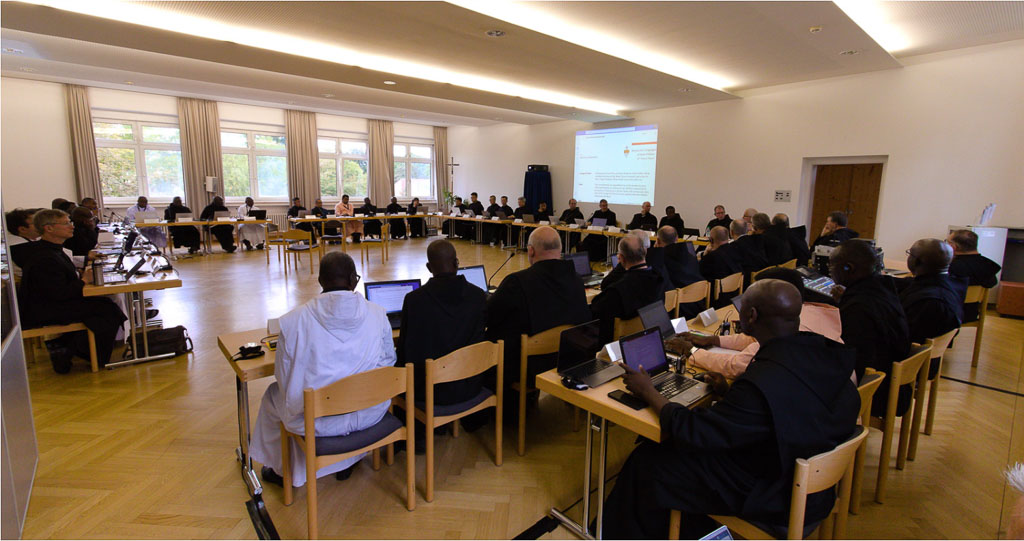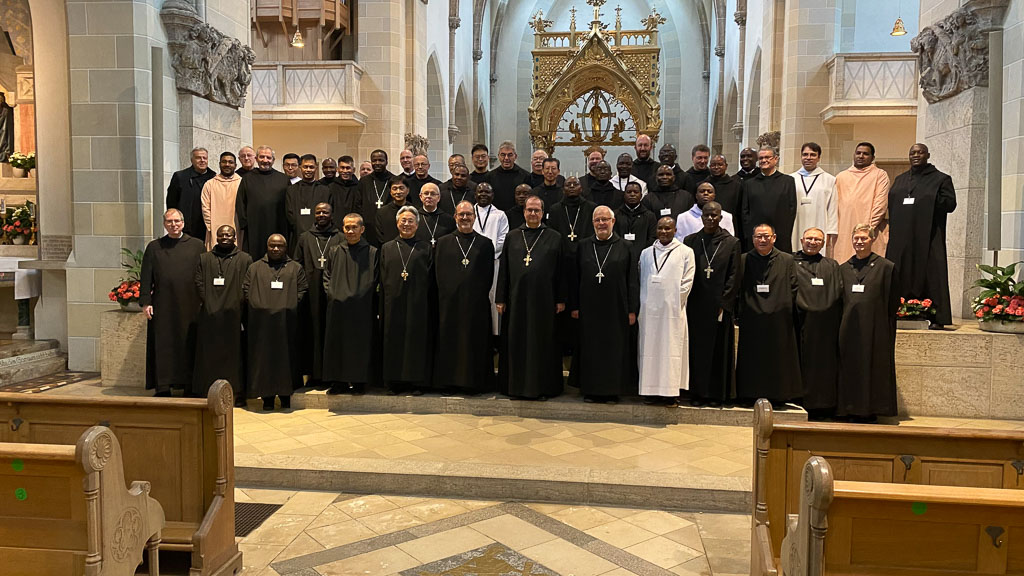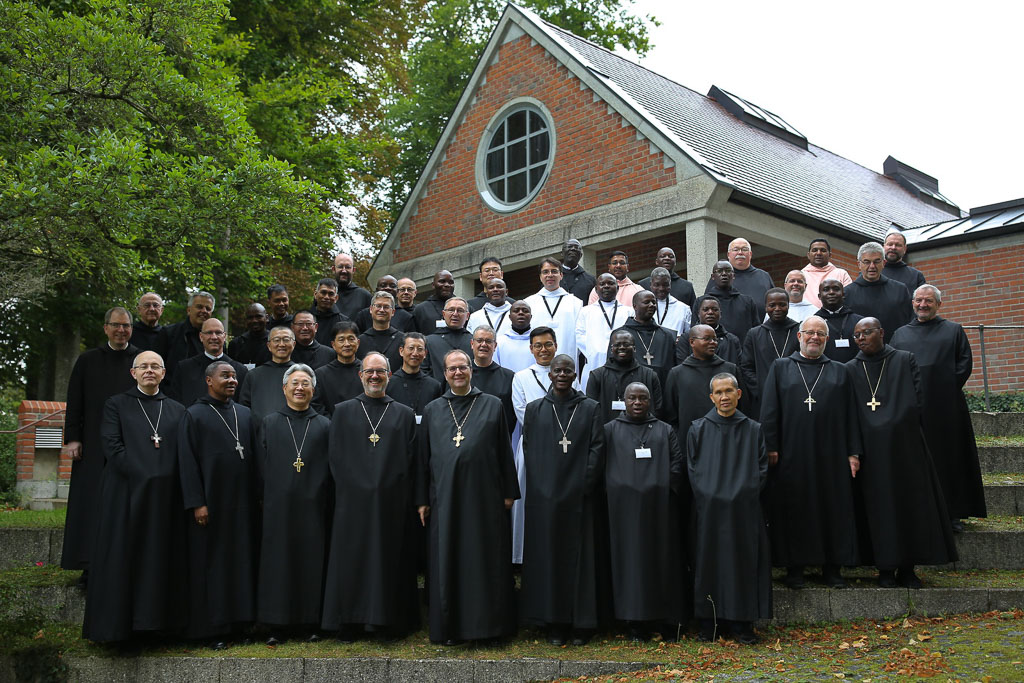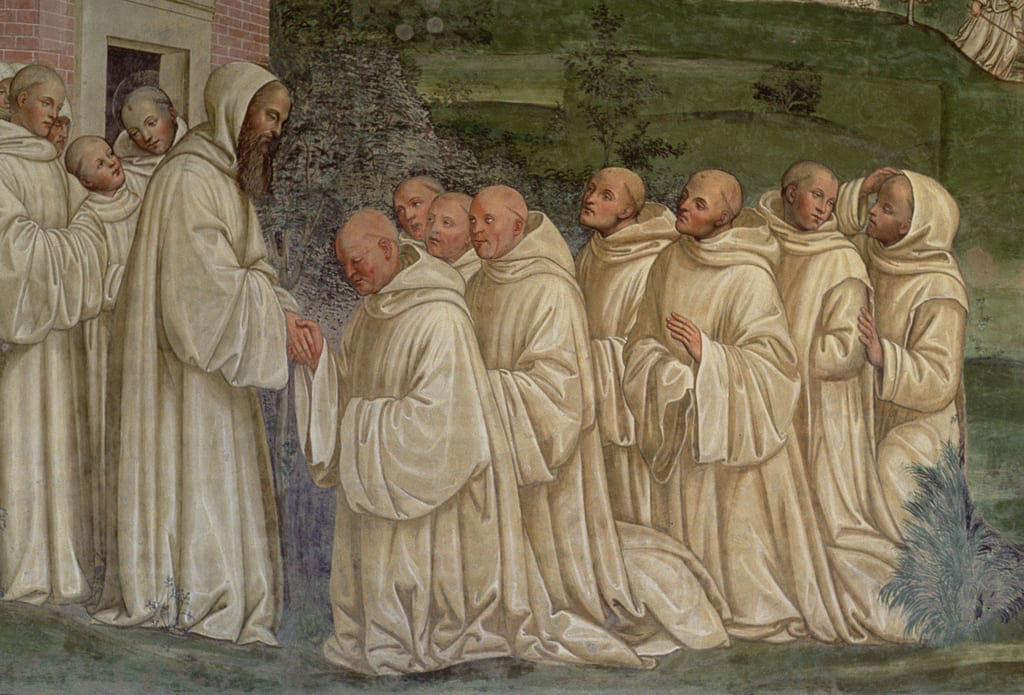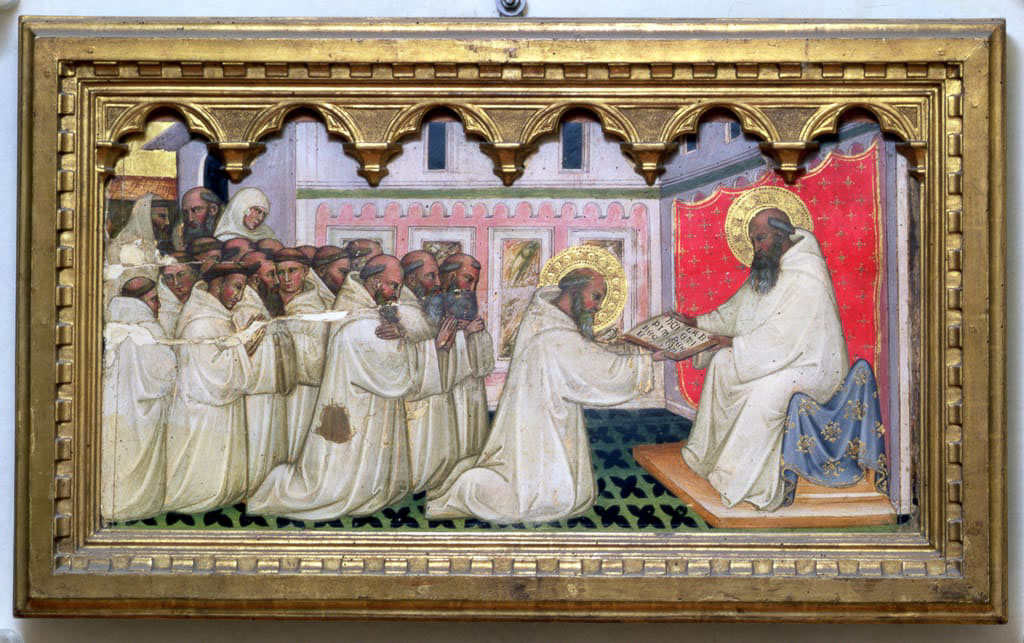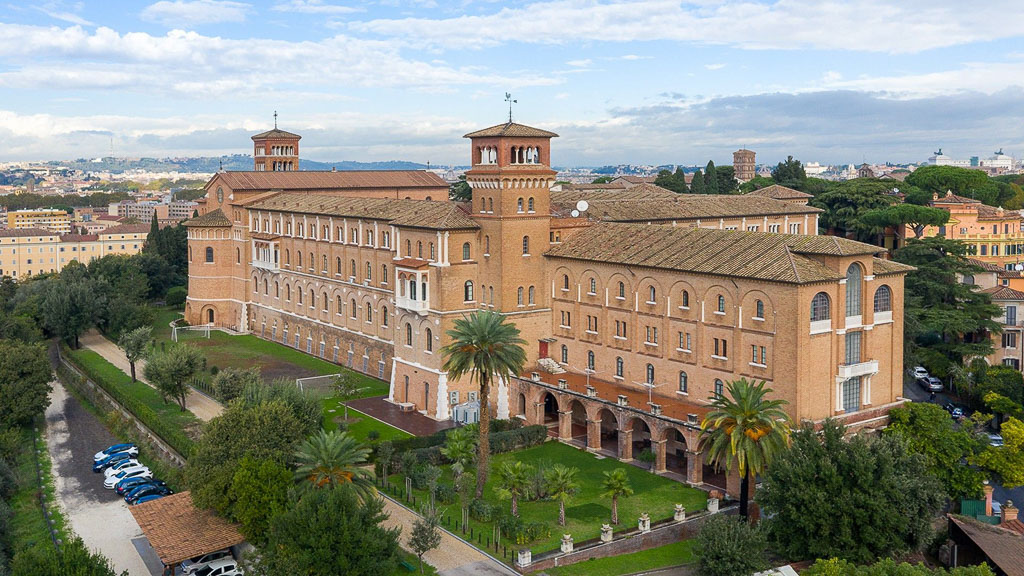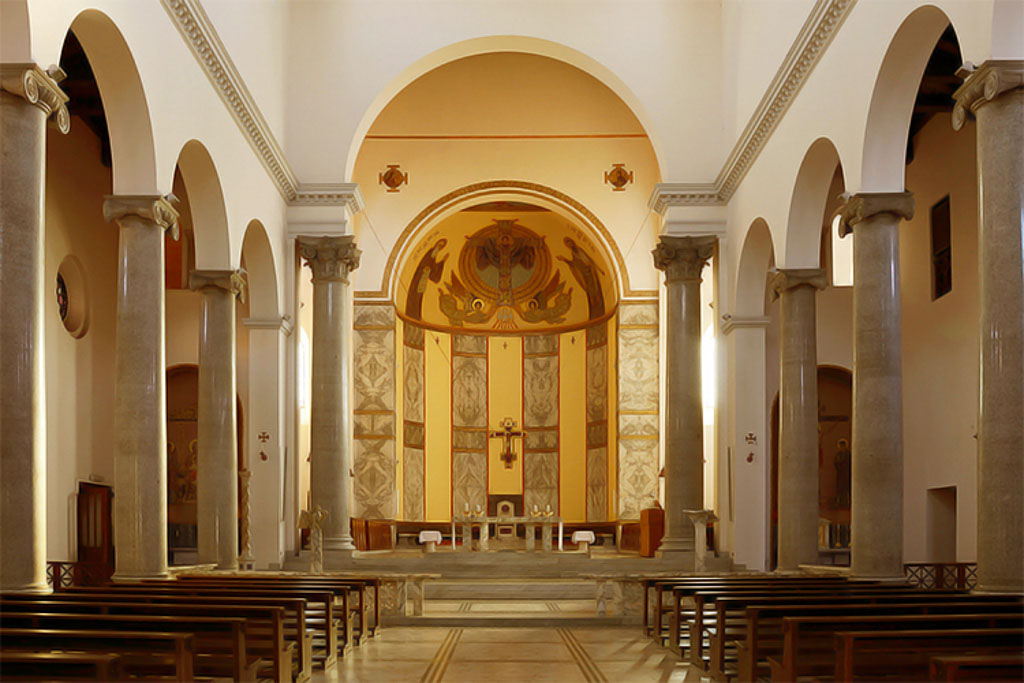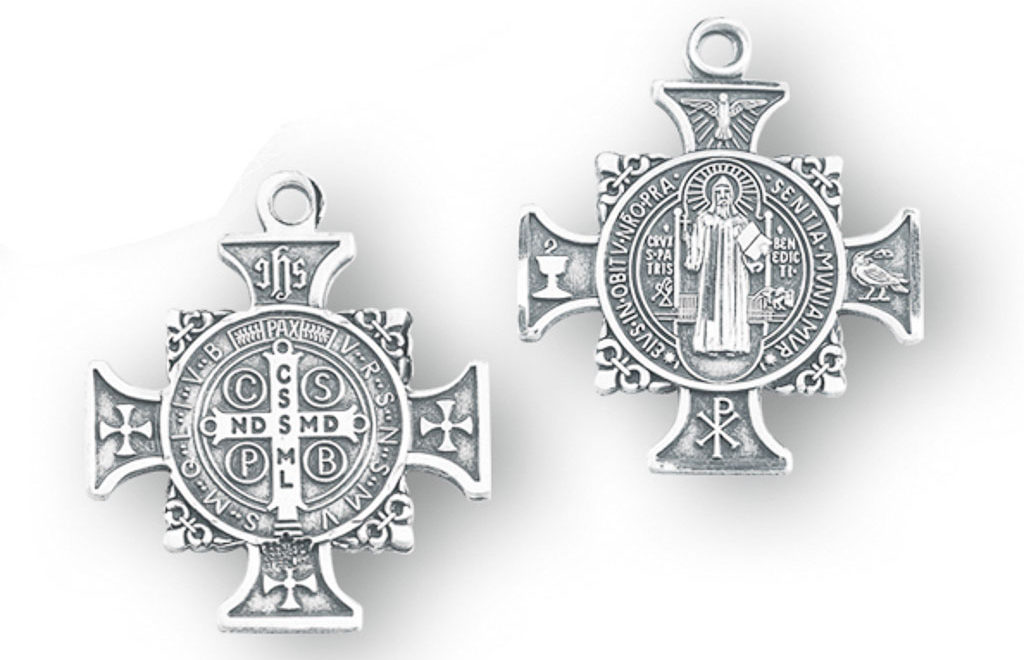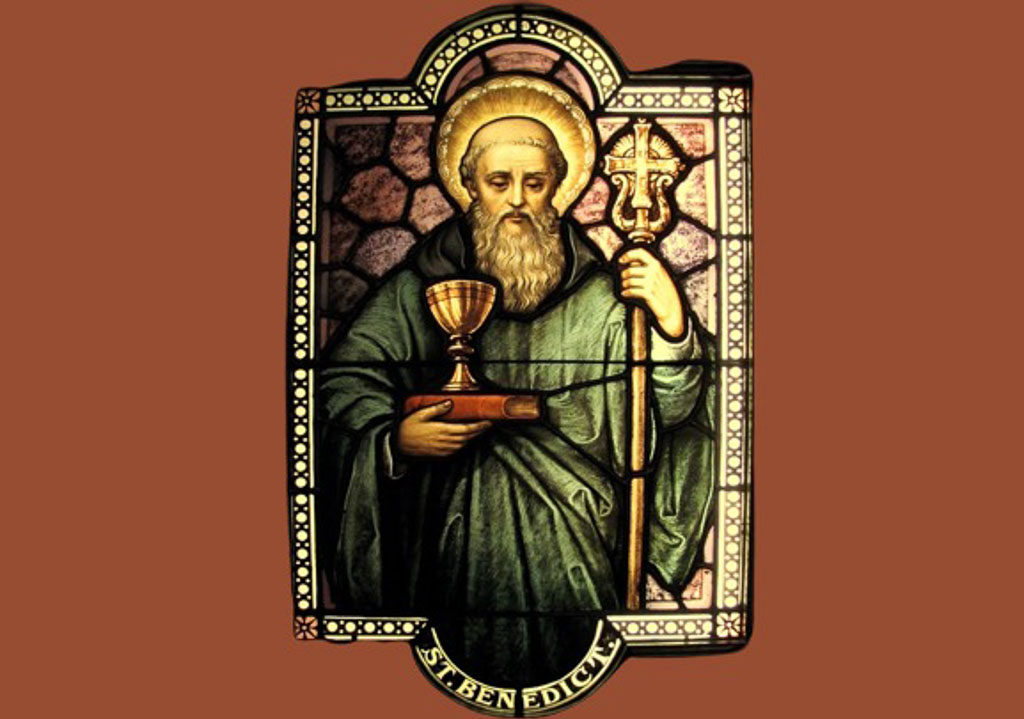OUR ABBEY
In 1887, the first mission territory was founded in East Africa after the arrival of the first group of missionaries from St. Ottilien Archabbey, Germany. The mission became the Apostolic Prefecture of Dar es Salaam. To date, we have four abbeys in Tanzania, namely, Peramiho, Ndanda, Hanga and Mvimwa. From Peramiho Abbey, the missionaries came to Kenya in 1971 with the invitation of His Grace, Most Rev. John Njenga, the then bishop of the Catholic Diocese of Eldoret. He invited the missionaries to come and evangelize the Kerio Valley within his diocese. The bishop had personally visited Peramiho Abbey and met with Abbot Lambert Doerr OSB for this course. It was through the initiative of Peramiho Abbey, that the Conference of the General Chapter of the Benedictine congregation of Saint Ottilien dealt with a possible new foundation in Kenya. On 5th November 1971, the participants of the general chapter unanimously accepted the request of Peramiho Abbey to undertake the new missionary assignment in the diocese of Eldoret in Kenya. They officially started in 1972.
By chance, they also met His Eminence, Maurice Cardinal Otunga, the then archbishop of the Archdiocese of Nairobi who also asked them to start something within Nairobi too with special emphasis on Mathare Valley at Ruaraka. Luckily enough they met with someone who helped them get some space at Ruaraka. They immediately founded the monastery at Ruaraka in 1978. They combined the apostolate in the parishes they founded in both dioceses and monastic life in the community. In 1979, the monastery was raised to the status of a Simple Priory. Then it was raised to the status of a Conventual Priory in 1988. Our Tigoni land was generously donated by His Eminence, Maurice Cardinal Otunga. The first construction of the monastery started in 1986. The church was consecrated in 1991 during the solemnity of the Epiphany by the same Cardinal.
The Conventual Priory was officially moved to Tigoni in 1992. The official opening of the monastery was again graced by the same Cardinal in 1993. Since then, our Conventual Priory has grown in various aspects and in September 2020, it was raised to the status of an Abbey and the first abbot was elected. In the Prince of Peace Benedictine Abbey Tigoni, we have around 50 monks in vows who pray and work together with several novices and postulants at the initial stages of formation.
Tigoni Abbey is located about 30 km via Northern Bypass Rd and about 45 km via A104 – Limuru town from Nairobi city centre. Has dependent communities in Eldoret, Nanyuki, Ruaraka, Kapkemich and Illeret with different kinds of pastoral work. We also have the study house in Langata which is directly under the Congregation.
Apart from our own schedule in the Prince of Peace Abbey, the priests assist in celebrating Mass in the following institution, Queen of Angels Benedictine Monastery Kiambu, Limuru Girls High School and Cheshire home. The Christians who are fond of the Abbey do attend Masses and prayers in the Abbey Church.
OUR CONGREGATION
Our Benedictine Congregation of St. Ottilien was founded in 1884 by Andreas Amrhein, who was originally from the Beuronese Congregation. More about our Congregation is available on the website, www.ottilien.org.
ORDER OF SAINT BENEDICT
The Benedictines are members of the Christian religion of monks, nuns and sisters following the Rule of Saint Benedict (480-547 A.D.). It is an Order founded by Saint Benedict at Subiaco, then at Monte Cassino and elsewhere in Italy, South of Rome, about 529 A.D. The name “Benedictine” evokes the name of St. Benedict who lived in the 5th and 6th centuries, together with all those who have been inspired by the tradition of the Benedictine spirituality.
Since then, the Order of St. Benedict – O.S.B. has thrived through the centuries. In 1893, Pope Leo XIII established a study house in Rome and created the Benedictine Confederation with an Abbot Primate at the head for the purpose of central organization. The Abbot Primate is elected by the Congress of Abbots. The Benedictine Confederation numbers over 7,500 monks in about 400 monasteries, belonging to 19 different Congregations with regional differences, particular missions or specific spiritual traditions. Over 13,000 nuns and sisters belong to the order. The Benedictine scholars rediscovered the liturgical life of the early church. They influenced the Liturgical Movement which prepared the reforms of the Second Vatican Council. Most monasteries continue to attract Christians who want to spend quiet time in prayer, who seek spiritual advice or who simply want to live alongside the monks, nuns and sisters for a few days. The Benedictines work closely with the Cistercian and the Trappist Orders who also follow the Rule of St. Benedict.

